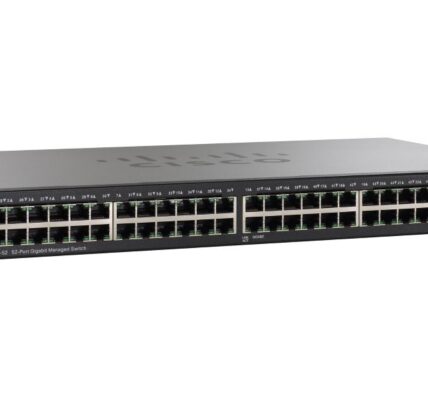Entrepreneurs need to protect their intellectual property (IP). Patents, designs, trade secrets, and trademarks are examples of IP. By protecting your IP, you can avoid conflicts over trademarks, theft of work, and confusion among customers.
Register trademarks
Registering trademarks safeguards your business name, brand slogan, and logos so others cannot use them. Conduct searches to ensure your business name or product names don’t infringe on existing marks. Work with a legal professional to file applications and complete the registration process with government agencies like the USPTO. Beyond formal registration, also establish common law trademark rights by consistently using the TM symbol with your marks in marketing materials, websites, and product packaging. pursue registration once your brand gains traction. Renew marks over time and enforce against improper usage.
Copyright works extensively
Copyrights protect creative works like written content, photographs, videos, software code, artistic designs, web layouts, etc. In the US, copyright protection is automatic once original work is created in a tangible medium, but you should still include copyright notices like © Your Company, 2023 on relevant assets and register formally when distributing commercially. SEOMoz says, use licensing agreements detailing allowed usage terms for your copyrighted materials provided to partners, contractors, and customers. Require confidentiality and non-disclosure agreements (NDAs) from any third parties exposed to proprietary information. Aggressively enforce against infringing usage or piracy. With copyrighted works, an ounce of protection upfront prevents major headaches later.
Leverage non-disclosure agreements
When discussing inventions, business plans, or sensitive information with potential partners, investors, contractors, or vendors, use mutual NDAs. Well-crafted NDAs prohibit the other party from sharing or using your confidential data except to evaluate the potential business relationship. Include specifics on what is covered, term length, and remedies if breached. Require all participating parties to sign. While NDAs don’t completely prevent theft, having them shows you actively protect IP and increases legal options if violated. Insist on NDAs before any material disclosure and avoid discussing core IP over unprotected channels like social media.
File provisional patents
Provisional patent applications allow you to establish an early priority date and test market viability before investing to obtain full patent protection. Provisional applications cost less, are completed quickly without formal claims or prior art, and provide 12 months to refine your ideas before the next steps of filing non-provisional applications. For core products or technology, provisional patents place your stake in the ground while allowing flexibility if pivots are needed.
Document and Timestamp Everything
Keep detailed records of your inventions and IP development. Save dated notes, prototypes, screenshots, research, designs, videos, and emails. Related to creating any asset. If a dispute arises later, you will have thorough evidence. Use trusted timestamping services like Hello Sign or DocuSign to certify records. The more diligent your documentation, the stronger your conflict support. Patent applications and trademark registrations may also be easier when archives are organized.
Summary
Proactively research databases, industry publications, patent filings, and competitor offerings for any prior art or usage related to your IP that could threaten its uniqueness. Design around existing patents whenever possible. Similarly, send cease and desist notices if your assets are infringed. Defend your rights. While 100% protection is impossible, constantly surveying the landscape provides awareness to refine IP or challenge copying proactively.










